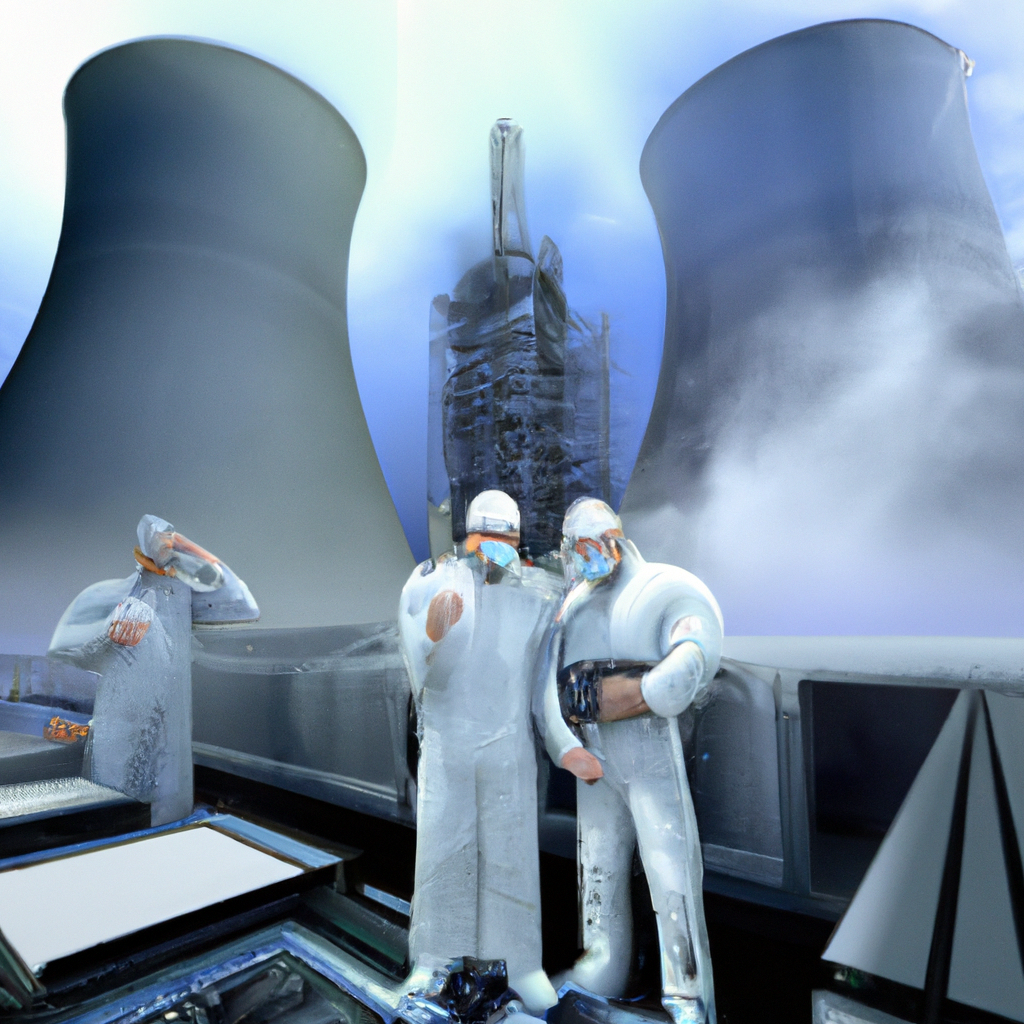Nuclear energy has been a topic of discussion for decades, with many people divided on its potential benefits and drawbacks. Despite this, researchers and scientists around the world have continued to make significant advancements in the field, leading to an array of new and exciting possibilities for nuclear energy. In this article, we’ll explore some of the most recent advancements in nuclear energy technology and what they mean for the future of the industry.

1. Small Modular Reactors (SMRs)
Small modular reactors, or SMRs, are a new type of nuclear reactor that offer a number of potential benefits over traditional nuclear power plants. SMRs are much smaller than traditional reactors, typically producing only a few megawatts of power compared to the hundreds or thousands of megawatts produced by larger plants.
One of the key advantages of SMRs is their modular design. This means that they can be built in factories and transported to the site, reducing construction time and costs. Additionally, the smaller size of SMRs makes them more flexible, allowing them to be used in a wider range of applications, including remote locations or areas with limited grid capacity.
2. Advanced Fuel Technologies
Another area of significant advancement in nuclear energy technology has been in the development of advanced fuel technologies. One such technology is the use of mixed oxide (MOX) fuel, which is made from a combination of uranium and plutonium. MOX fuel has a number of benefits, including a higher energy output and a reduced amount of nuclear waste.
Another promising fuel technology is the use of thorium instead of uranium. Thorium is a more abundant element than uranium and produces less nuclear waste. Additionally, thorium reactors are designed to be more stable and less prone to meltdowns than traditional reactors.
3. Fusion Energy
Fusion energy is a type of nuclear energy that involves the fusion of atomic nuclei to produce energy. Unlike traditional nuclear reactors, which use fission to produce energy, fusion reactors do not produce any nuclear waste and are much safer.
While fusion energy has been a topic of research for decades, recent advancements have brought the technology closer to commercial viability. In 2020, researchers at the National Ignition Facility in California achieved a major breakthrough in fusion energy, producing a record amount of energy from a fusion reaction.
4. Digitalization and Automation
Digitalization and automation are also playing a significant role in the advancement of nuclear energy technology. The use of digital tools and technologies can improve the efficiency and safety of nuclear power plants, reducing the risk of accidents and improving overall performance.
One example of this is the use of digital twin technology, which involves creating a virtual replica of a nuclear power plant. This allows operators to test and simulate different scenarios, improving their ability to respond to unexpected events.
5. Energy Storage
Energy storage is another area of significant advancement in nuclear energy technology. The ability to store energy is critical for the integration of intermittent renewable sources like wind and solar into the grid.
While traditional nuclear power plants are not designed for energy storage, SMRs and other advanced reactor designs can be configured to include energy storage capabilities. This could make nuclear energy an even more important part of the transition to a low-carbon energy system.
Conclusion
The advancements in nuclear energy technology are truly impressive, with the potential to change the way we think about energy production and consumption. From small modular reactors to fusion energy and advanced fuel technologies, there are a number of exciting developments on the horizon.
However, it’s important to remember that nuclear energy is not without its risks and challenges. Continued research and development will be necessary to ensure that these technologies are safe, reliable, and sustainable. But with the right investments and support, nuclear energy could play a key role in our transition to a more sustainable energy future.







